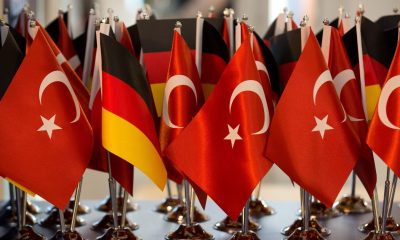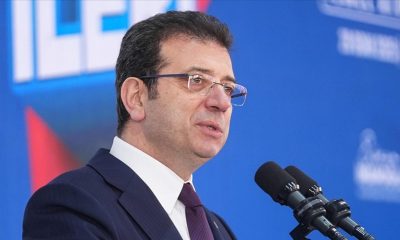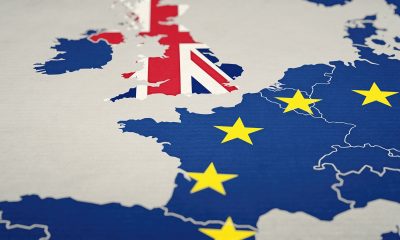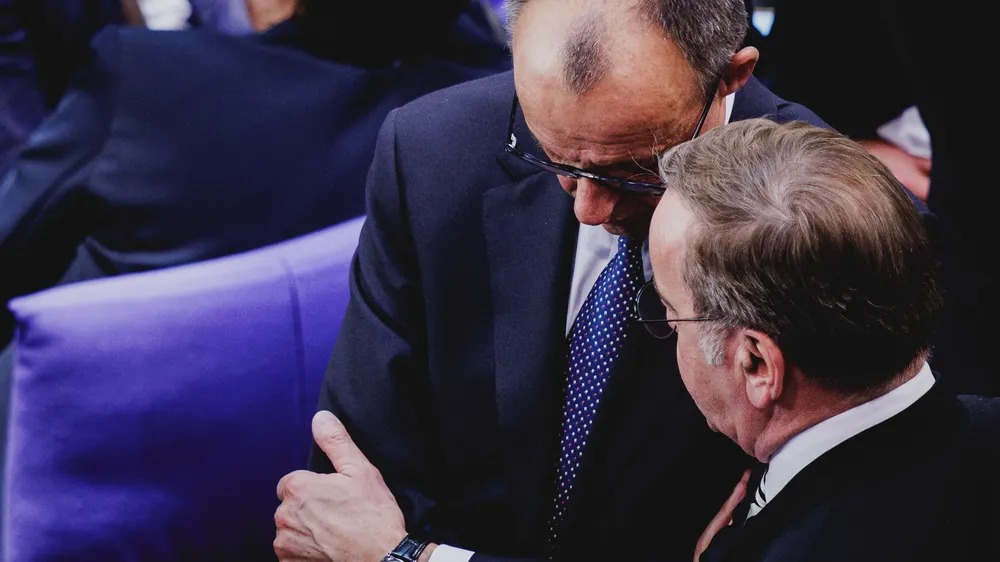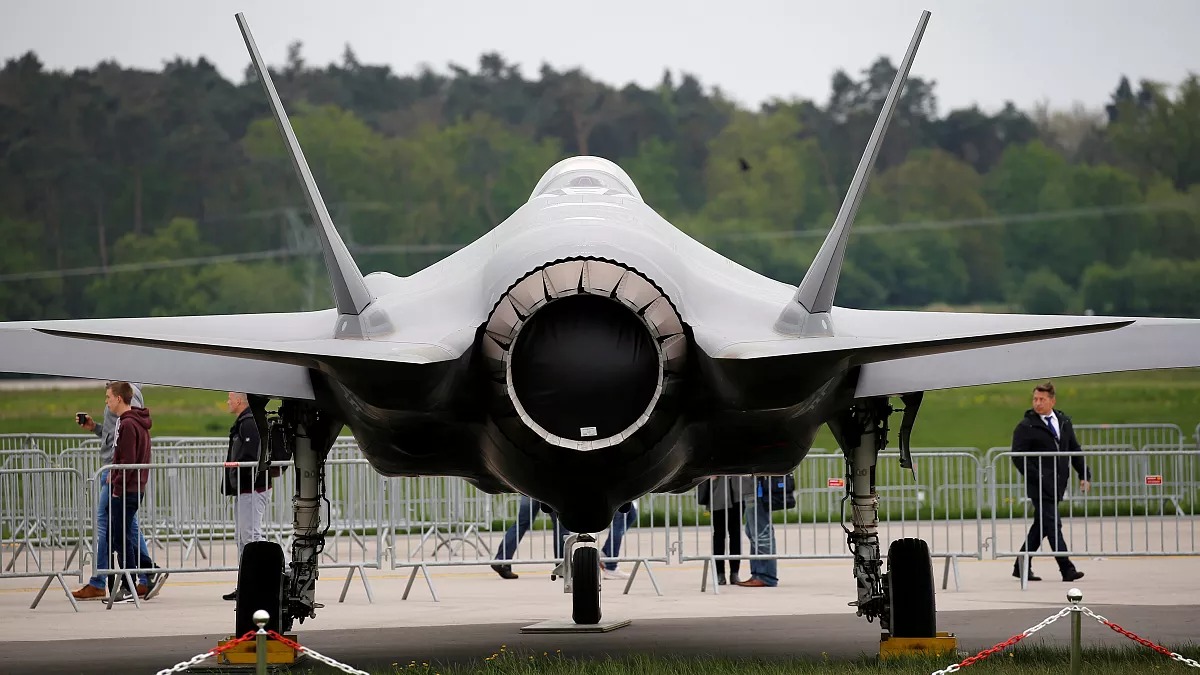Until last Sunday, the CDU/CSU, which emerged as the leading party from the early federal elections, and the SPD, which came in third, negotiated the coalition agreement in 16 working groups.
Despite the intended confidentiality, many of the final documents were leaked to the media. Numerous proposed changes within the documents indicate that the parties are still far from reaching an agreement on many points.
The policy agendas under negotiation include migration; heating, energy, and climate; compulsory military service and military equipment; transportation, construction, and housing; citizen’s income; and finance.
Migration
Migration is one of the most hotly debated topics. Although CDU leader Friedrich Merz has announced a transformation in migration policy, the SPD is unwilling to follow suit on all points.
There is agreement that police at Germany’s permanently controlled borders should be able to turn back asylum seekers “in coordination” with neighboring countries, but what this precisely entails remains unclear.
Furthermore, Algeria, India, Morocco, and Tunisia will be quickly categorized as safe countries of origin, making it harder to obtain asylum. Immigrants who commit serious crimes will be deported.
Another clear decision is that no new admission programs will be opened for foreigners in vulnerable situations. Existing ones, such as for Afghans, will be terminated “as much as possible.” Individuals with subsidiary protection status will also not be allowed to bring their families from their home countries, though this affects only about a third of temporarily recognized refugees.
According to the final report of the migration working group, deportations to Afghanistan and Syria are planned, “starting with criminals and individuals at risk,” even though the new rulers in Syria are persecuting minorities.
Several minor measures have been agreed upon to deport more people more quickly. For instance, legal counseling before deportation will be abolished; previously, those legally rejected could still be legally represented.
In the future, the Federal Police will also be able to request detention to prevent those required to leave the country from absconding. Previously, only immigration authorities could do this.
Heating, energy, and climate
Although the CDU/CSU wants to view the new government’s energy policy as a “new beginning,” many points already agreed upon seem like a continuation of initiatives started by the traffic light coalition government that collapsed last year.
The likely CDU-SPD government does not intend to change the cornerstones of climate and energy policy: the commitment to climate neutrality by 2045, the coal phase-out by 2038, emissions trading, the expansion of renewable energy sources, and the use of hydrogen.
The construction of numerous new gas-fired power plants planned by the coalition government will also proceed. However, the early phase-out of coal power generation by 2030, once desired by the Greens, will be canceled.
The ‘Black-Red’ government now wants to permanently reduce the price of electricity by at least five cents per kilowatt-hour by lowering the electricity tax and grid fees. Energy-intensive industrial companies will also receive relief through an industrial electricity price, but this will cost the state billions.
How the expansion of electricity grids will proceed is unclear. The CDU/CSU wants to prioritize the construction of high-voltage overhead lines, which are cheaper but more exposed than underground cables. The SPD prefers underground cables to prevent protests.
The CDU/CSU wants to “exploit the potential for conventional gas production in Germany” and hopes for a breakthrough with new-generation nuclear power plants.
It also demands a quick review of whether recently decommissioned nuclear power plants can be reactivated, although experts have serious doubts about this. The SPD opposes all of these points.
Leaders also seem poised for difficult discussions regarding the long-debated heating law. The CDU/CSU wants the law repealed as announced but wishes to continue the “heating subsidy.” The Social Democrats only want to amend the law and make the subsidy socially graduated.
There is apparent agreement on climate money, but this too will likely remain theoretical. They state they want to return the revenue from the CO₂ price to citizens, but conditional on introducing “non-bureaucratic and socially graduated relief and subsidies for housing and mobility.” Despite billions in new debt, there is no money for a lump-sum payout.
Compulsory military service and the Bundeswehr
Discussions about the future of the German Armed Forces (Bundeswehr) are also ongoing. The working paper of the Foreign Relations and Defense Working Group shows consensus that the Bundeswehr must become stronger “short-term, decisive, and sustainable.”
Investments could be rapidly initiated through a “Bundeswehr Infrastructure Acceleration Act,” but this law has been in effect since 2022, and bureaucracy remains the biggest obstacle to the swift procurement of weapons and equipment.
The CDU/CSU therefore wants to remove some powers from the Koblenz Procurement Office and appoint an agency for this purpose. They also aim for a “multi-year investment plan,” because a single legislative period is considered too short for arms development and procurement.
The CDU/CSU also wants to reactivate compulsory military service. The SPD opposes this, favoring voluntary service for all and a “broad societal debate” on its introduction.
Transportation, construction, and housing
Regarding transportation, there is only one point of disagreement between the SPD and CDU/CSU: the speed limit on highways. The SPD wants a limit of 130 kilometers per hour, while the CDU/CSU rejects any limit.
On the other hand, there is clarity on the future of the Deutschlandticket (the subscription ticket for buses and trains) beyond 2025. There was initial resistance within the CDU/CSU, but an agreement has now been reached to continue the subscription. However, the price will increase “gradually and with social responsibility” starting in 2027.
The new coalition partners plan to fully utilize the special infrastructure fund for their plans to renovate the railway network: the SPD succeeded in increasing investments and establishing an infrastructure fund with a binding, long-term financing commitment for the railways.
Money from the special fund will also flow into the current renovation concept for busy high-speed train lines, thereby freeing up budget funds for neglected secondary lines.
At the same time, the future government partners are opening up a new financing gap of 5 billion euros for the railway. Until now, the road network had cross-financed the rail network with the help of revenue from truck tolls. In the future, however, financing cycles within a transport sector will remain closed, and truck tolls will flow to Autobahn GmbH.
From a climate policy perspective, air transport seems to be regressing. The likely new federal government wants to reverse the increase in the air traffic tax and continue supporting regional airports, which are often unprofitable.
However, there is at least some relief for local public transport: the SPD managed to ensure that federal regionalization funds primarily flow into local transport.
The SPD also achieved a victory in housing. The rent freeze, unpopular with the CDU/CSU, will be extended for another two years.
Citizen’s Income implementation
It has been agreed that the Citizen’s Income (Bürgergeld), introduced by the coalition government, will be renamed the “new basic income.”
Job centers will receive more money for administration. Conditions will be tightened. Accordingly, every unemployed person must “actively strive to find work.”
Sanctions will be applied “faster, simpler, and less bureaucratic.” Benefits for those who persistently refuse work will be completely cut, in line with the Karlsruhe jurisprudence.
The citizen’s allowance, which Ukrainians also receive and which the state sometimes grants without sanctions, had previously sparked heated debates about fairness.
Public finance
Negotiators have barely agreed on financial details. The CDU/CSU and SPD were able to gain some breathing room in the federal budget by relaxing the debt brake for defense spending. However, the additional fiscal leeway is limited, and the list of expensive election promises both parties want to implement is long.
Ultimately, the Federal Constitutional Court declared the solidarity surcharge (additional tax) legal on Wednesday. This means the federal government will retain annual revenues of 13 billion euros.
The main point of contention is what is possible regarding taxes. For example, it is argued that there isn’t enough money for broad income tax cuts. The SPD wants to increase the tax burden on high earners. This could increase federal revenues, but it is doubtful whether the CDU/CSU will agree to tax increases.
The CDU/CSU particularly wants to reduce the corporate tax from the current 30% to 25%. However, the SPD is only prepared to do this from 2029 and only wants to reduce it by one percentage point.
There is agreement on making investments in Germany more attractive. Depreciation rules are planned to be improved so that investment costs can be deducted from taxes.
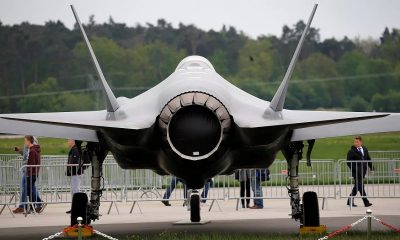
 EUROPE4 days ago
EUROPE4 days ago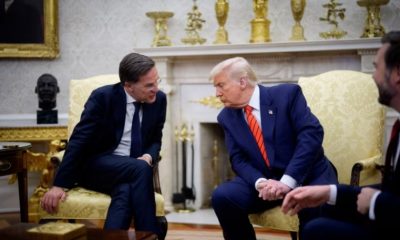
 EUROPE1 week ago
EUROPE1 week ago
 ASIA2 weeks ago
ASIA2 weeks ago
 EUROPE1 week ago
EUROPE1 week ago
 AMERICA1 week ago
AMERICA1 week ago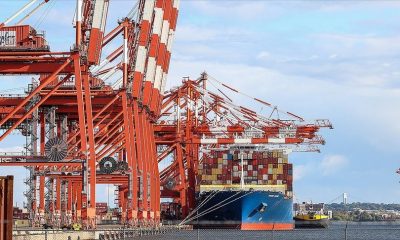
 DIPLOMACY5 days ago
DIPLOMACY5 days ago
 DIPLOMACY2 weeks ago
DIPLOMACY2 weeks ago
 RUSSIA2 weeks ago
RUSSIA2 weeks ago


